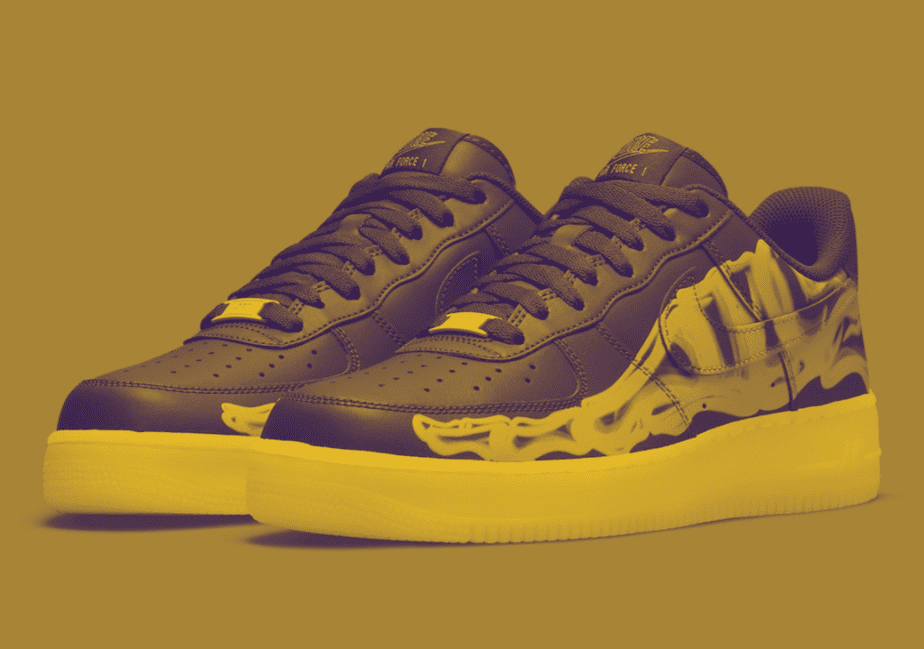As is common practice in the footwear industry, Nike pockets a relatively small portion of the total profit while retailers reap 50% off. This is because not every $100 shoe will sell for full retail price, eventually discounts are taken from both Nike’s share as well as unsold inventory, forcing them to send back some shoes if they don’t want them anymore. In other words, though Nike and the retailer both make a $100 profit on each shoe sold, Nike’s true take-home is only $40.
The cost of materials for a typical Nike shoe is approximately $28. Labor costs are around $10, with the majority of that going towards labor in China, where the vast majority of Nike shoes are made. Shipping and other miscellaneous costs come to about $2. Marketing and advertising expenses make up the remaining cost, which varies depending on the shoe but is typically around $40.
This leaves Nike with a gross profit margin of only about 42%. However, Nike is a very efficient company and is able to bring their operating expenses down to only about 15% of their total revenue. This results in an operating profit margin of about 27%. Nike’s net profit margin, after taxes and all other expenses, is about 22%.
Contents
Where Does the Money Go?
Nike’s $40 Profit:
- Materials: $28
- Labor: $10
- Shipping and other expenses: $2
- Marketing and advertising: $40
- Gross profit margin: 42%
- Operating expenses: 15%
- Operating profit margin: 27%
- Net profit margin: 22%
Retailer’s $50 Profit:
- Materials: $28
- Labor: $10
- Shipping and other expenses: $2
- Advertising and marketing: $0 (paid by Nike)
- Gross profit margin: 50%
- Operating expenses: 20%
- Operating profit margin: 30%
- Net profit margin: 24%
How much does the average pair of Nike shoes cost?
The average Nike shoe costs about $100. Of that, Nike’s share is $40 and the retailer’s share is $50. The total cost of materials for a typical Nike shoe is approximately $28, labor costs are around $10, shipping and other expenses come to about $2, and marketing and advertising expenses make up the remaining cost, which varies depending on the shoe but is typically around $40. All this data changes due to many factors, so let’s take a look at specific models!
How much do Air Force 1 shoes cost?

Nike’s popular Air Force 1 shoes retail price is $90-$95. The breakdown of this price is as follows:
- Material Costs: $30
- Labor Costs: $10
- Overhead Costs: $5
- Marketing and Advertising: $15
- Profit: $30
- Nike’s share of the total profit: 50%
- Retailer’s share of the total profit: 50%
As you can see, Nike and the retailer each make a $30 profit on the sale of each pair of Air Force 1 shoes. Nike’s true take-home profit is thus only $15 per pair of shoes sold.
Though Nike has a lower percentage of the total profit, they make up for it in volume.
How much do Air Max shoes cost?

Nike’s Air Max shoes retail price is $100-$110. The breakdown of this price is as follows:
- Material Costs: $35
- Labor Costs: $10
- Overhead Costs: $5
- Marketing and Advertising: $20
- Profit: $30
- Nike’s share of the total profit: 50%
- Retailer’s share of the total profit: 50%
Grand total
Nike does not just make shoes, they are a cultural icon. In general the profit from any pair of Nike’s up to $100 doesn’t depend on which model you buy and it is approximately equal across all models at around 10%. However once we reach prices between 110 dollars (for example) profits start decreasing for both retailers or designers while increasing drastically depending on who makes your footwear, with Nike being one company that has been able produce such high quality products through innovation over time – this increase becomes most notable when compared against other brands’ pricing strategies.
Nike’s total contribution to the cost of a $100 shoe is only about $10, or 10%. This leaves retailers with a 50% profit margin, and unsold inventory often forces them to take discounts off both Nike’s share as well as their own. Cost breakdowns for other brands vary, but are usually similar in that the company itself doesn’t make much money off of each individual item sold.
It’s important to remember that not every $100 shoe will sell for full retail price, eventually discounts are taken. This is common practice in the footwear industry and it happens because not every pair of shoes will sell. However, other brands may not be able to produce the same level of quality or innovation, and so they have to charge lower prices in order to compete.
